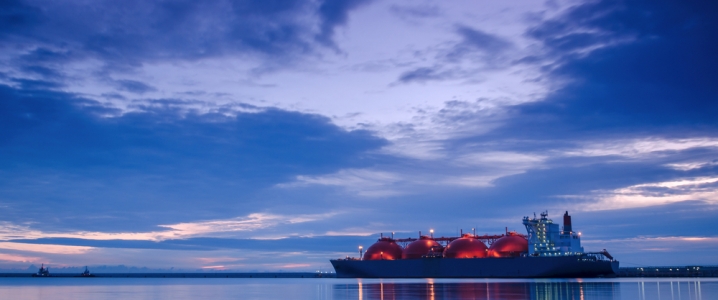Despite the escalating trade war between Beijing and Washington, Alaska’s pro-active Gov. Bill Walker is heading to China next month on a mission to drum up support for the state’s mining and tourism industries.
Walker has invited businesspeople from around the state who are interested in entering China’s vast market. For the past seven years, China has been Alaska’s biggest export market, a report in Alaska Public Radio said two days ago. Last year, the state sold more than $1.3 billion in goods and services to China. Most of that, about $865 million, was for seafood and other ocean products, followed by $356 million in mineral ore.
Walker has already made several trips to China in recent years to garner support for the state’s massive $43.4 billion billion Alaska LNG export project, including a trip with President Trump on his trade mission to Beijing in November. During that trip, as both Trump and Xi Jinping watched, Walker and state representatives signed a non-binding letter of intent with the Bank of China and Sinopec Group to invest in the project.
Since November, the project, which had fallen out of favor after key partners (ExxonMobil, ConocoPhillips, and BP) pulled out, has seen new signs of life despite state-owned Alaska Gasline Development Corp. (AGDC) being the project’s sole entity.
Two weeks ago, Walker said that the Federal Energy Regulatory Commission (FERC) had set a timeline for the project to receive its final environmental impact statement by December 2019. The FERC timeline sets the project on a firm path toward completion. Related: Farmers Hit Hard As Trump Backs Big Oil
Last week, AGDC officials said that Bank of China and Goldman Sachs had agreed to serve as the global capital coordinators for the project. The necessary funds will likely be raised in multiple rounds, which will include offerings to Alaska residents, Alaska municipalities, Alaska Native Corporations, and private equity sources. Initial equity will also be raised to meet AGDC’s working capital requirements, while subsequent funding rounds will be used to finance the full-scale development of Alaska LNG once the project has received all necessary approvals.
Off limits for now
Unless a trade war between Washington and Beijing spirals out of control, the China-Alaska relationship should remain intact. China, in its effort to offset rampant air pollution in its major urban centers, needs the security and diversity of supply that Alaskan gas will offer. Alaska, for its part, needs the investment from Chinese partners and customers to sign long term off-take agreements to help the project reach the all-important final investment decision (FID) that is needed before construction can begin.
Yet, the ongoing trade row between Washington and Beijing could still impact the Alaska LNG project. Trump’s new tariffs on imported Chinese steel and aluminum have caused the price tag of the project to increase, one of the very problems it has faced when trying to secure support in the past.
Trade groups for the oil and pipeline industries, including the influential American Petroleum Institute (API), claim that their businesses require specialty steel that few U.S. steelmakers produce. A natural gas trade association said recently the new tariffs could have the unintended consequence of stalling U.S.-based LNG export facilities. Related: Saudi-Iran Proxy War Threatens OPEC Deal
“The actions taken today are inconsistent with the Administration’s goal of continuing the energy renaissance and building world class infrastructure. The U.S. oil and natural gas industry, in particular, relies on specialty steel for many of its projects that most U.S. steelmakers don’t supply,” said API President and CEO Jack Gerard.
To add to their argument, they claim that these projects would improve the U.S. trade imbalance. However, though their argument has merit, a counter to that reasoning, in favor of a harder line with China’s questionable trade practices, is the fact that no single industry, including the oil and gas sector, can carry the weight of offsetting China’s trade imbalance with the U.S., which amounted to some $375 billion last year.
Nonetheless, Walker will be heading to China once again, and though he is earmarking this trip as a goodwill visit to stir up mining and tourism business in the state, he will also likely be solidifying Chinese pledges for his pet project, the proposed Alaska LNG export facility.
By Tim Daiss for Oilprice.com
More Top Reads From Oilprice.com:
- OPEC Production Slumps To 12-Month Low
- Upstream Oil Investments Bounce Back
- Oil Prices Poised To Rise As Cycle Comes To An End


















